The diagram below shows a frozen pond in a cold regions

(i)State the expected temperatures at A and B.
(ii)Name the phenomenon responsible for the temperature mentioned in part (i).
(i)Temperature at
(ii)Phenomenon responsible for the above stated temperature is nomalous expansion of water.
Similar Questions
Name the parts of the body responsible for excretion in
(i) Amoeba
(ii) Earthworm.
View SolutionName the parts of the body responsible for excretion in
(i) Amoeba
(ii) Earthworm.
View SolutionThe diagram given below shows a few parts of a cell.

State the difference between the parts labelled A and B on the basis of permeability.
View SolutionDeep pond of water has its top layer frozen during winter. State the expected temperature of water layer (i) just in contact withice (ii) at the bottom of pond.
View SolutionIdentify a, b and c in the schematic diagram of an antibody given here and answer the question :
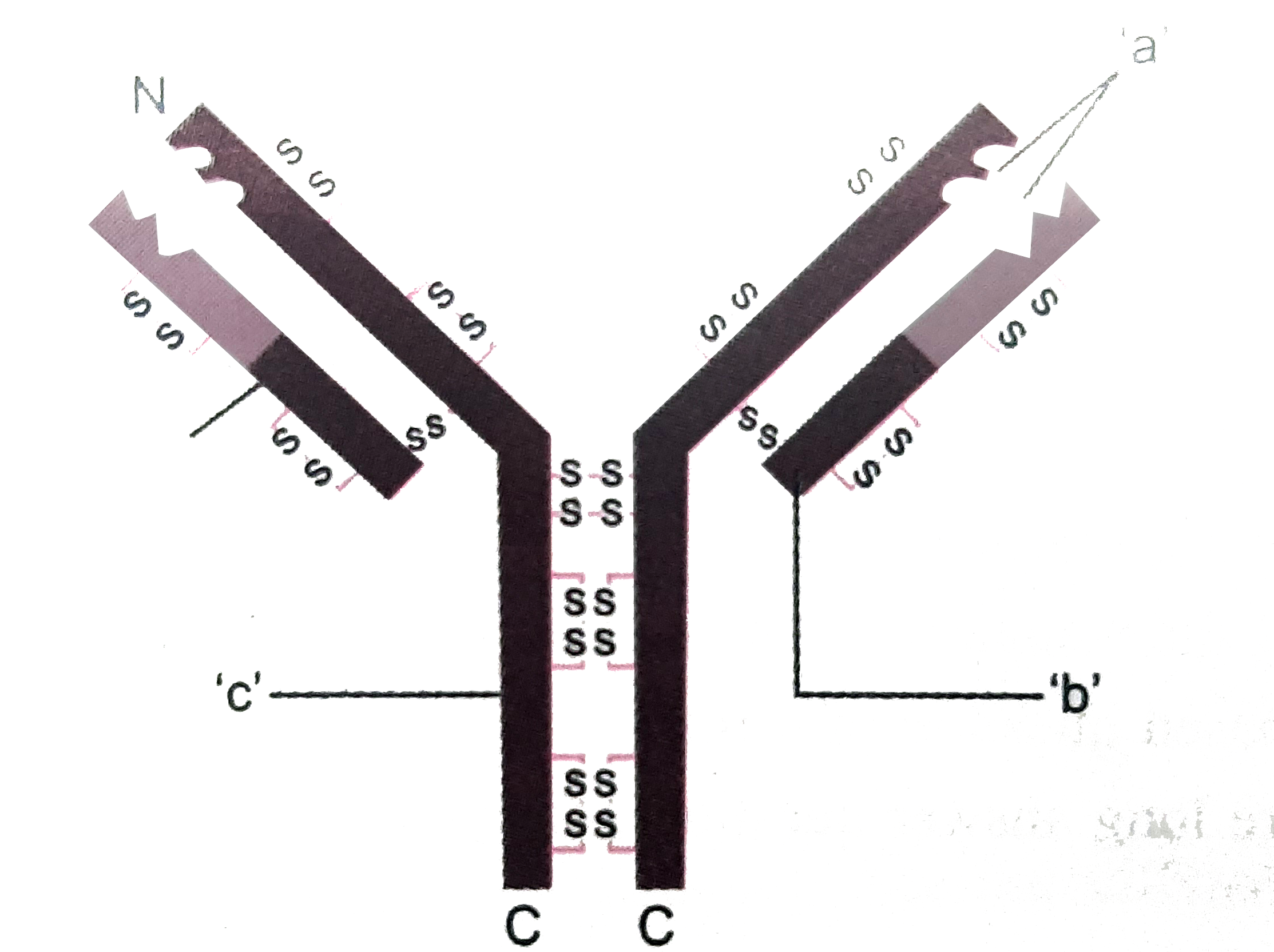
(i) Write the chemical nature of a antibody.
(ii) Name the cells that produce antibodies in humans.
(iii) Mention the type of immune response provided by an antibody.
View SolutionIdentify a, b and c in the schematic diagram of an antibody given here and answer the question :
(i) Write the chemical nature of a antibody.
(ii) Name the cells that produce antibodies in humans.
(iii) Mention the type of immune response provided by an antibody.
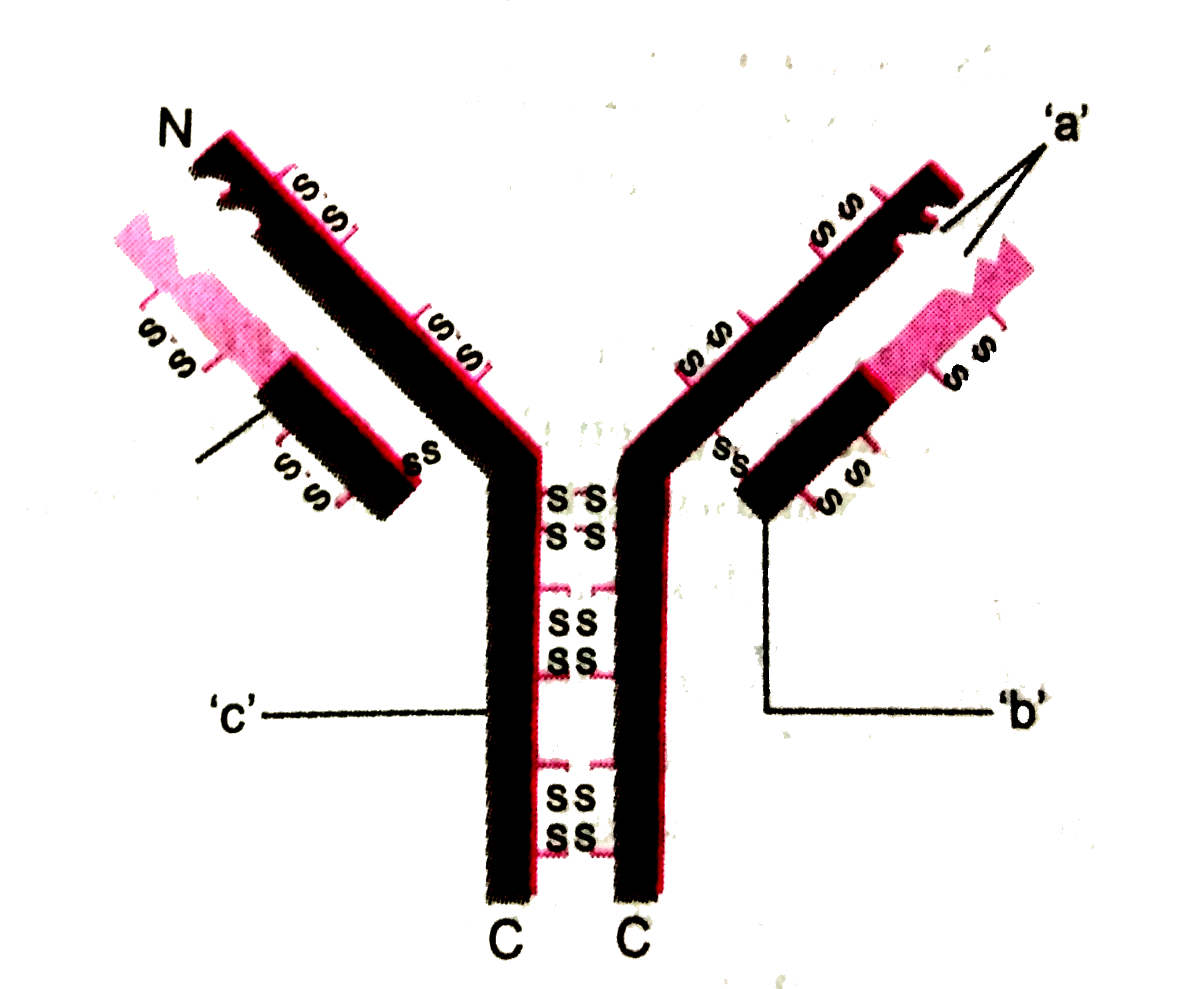
View SolutionDiagram below depicts an experiment to find the effect of temperature on the rate of photosynthesis. The average number of bubbles per minute at each temperature is given in the table.
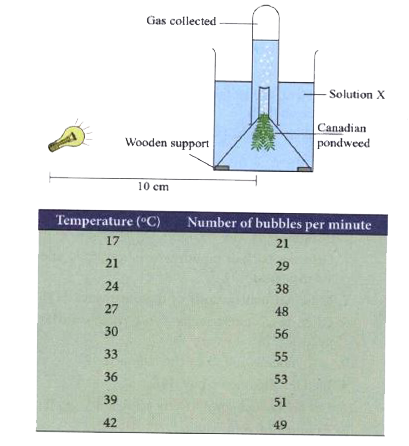
(i) Name the gas collected.
(ii) What test would you do to identify the gas?
(iii) What is the importance of this gas to other organisms in the ecosystem?
View SolutionThe diagram below shows a fertilised ovule and carpel .
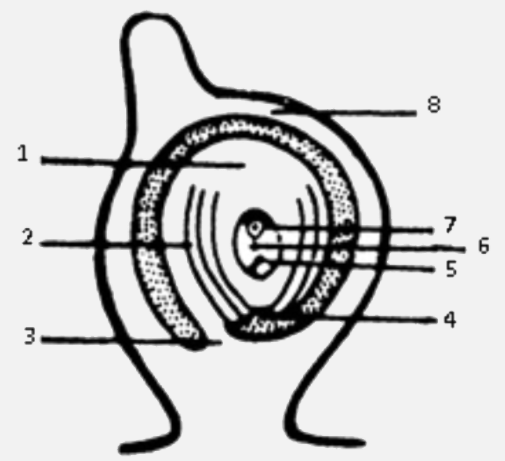
Mark the correct set of numbers which represent the structures that will become:
(i) The future embryo
(ii) The future testa
(iii) The future micropyle region
View SolutionThe diagram below shows a fertilised ovule and carpel .

Mark the correct set of numbers which represent the structures that will become:
(i) The future embryo
(ii) The future testa
(iii) The future micropyle region
View SolutionThe diagram given below shows the internal structure of a spinal cord depicting a phenomenon. Study the diagram and answer the questions:
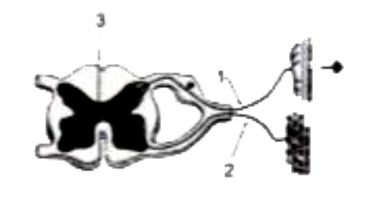
Name the parts numbered 1, 2 and 3.
View Solution
